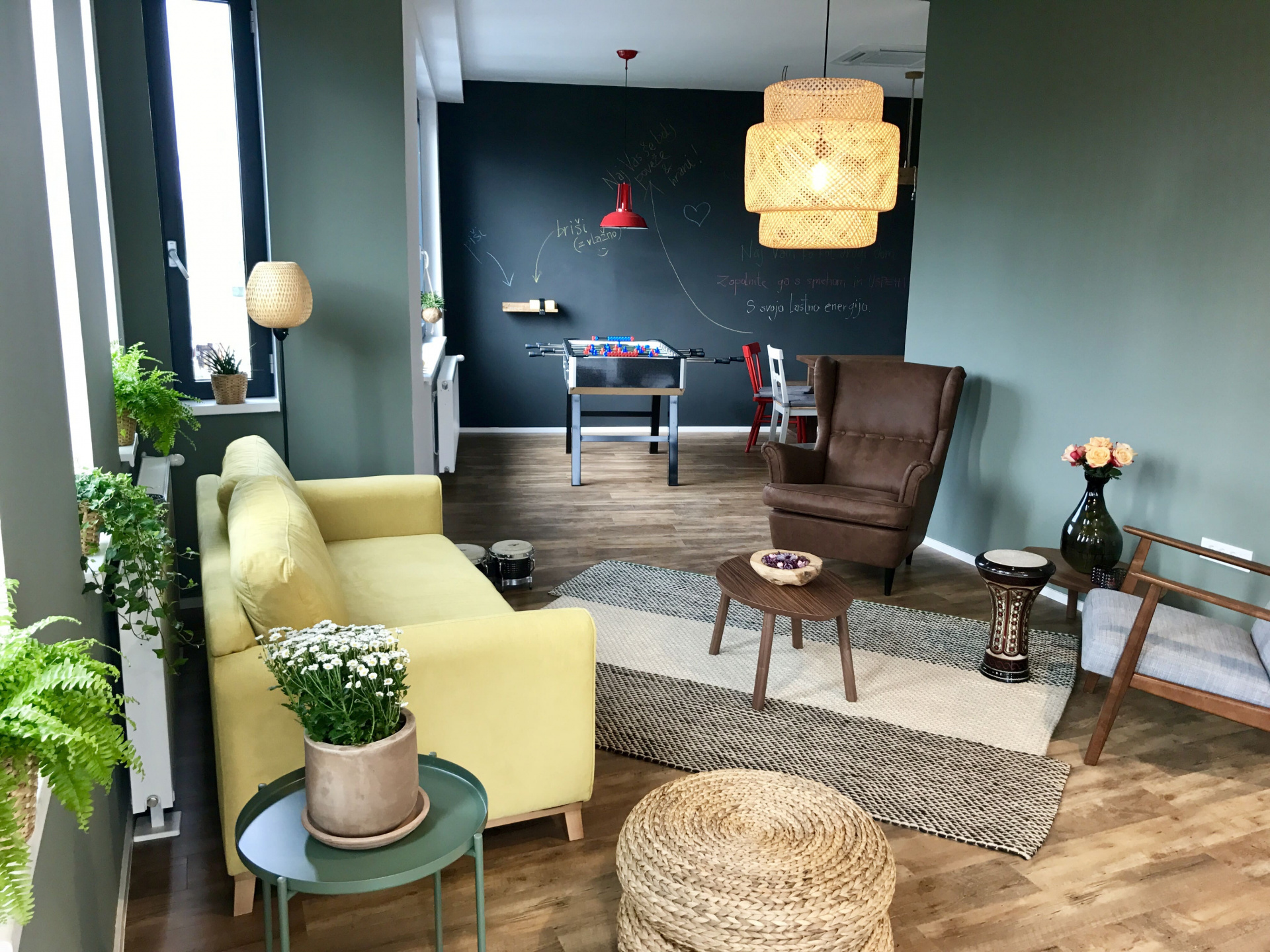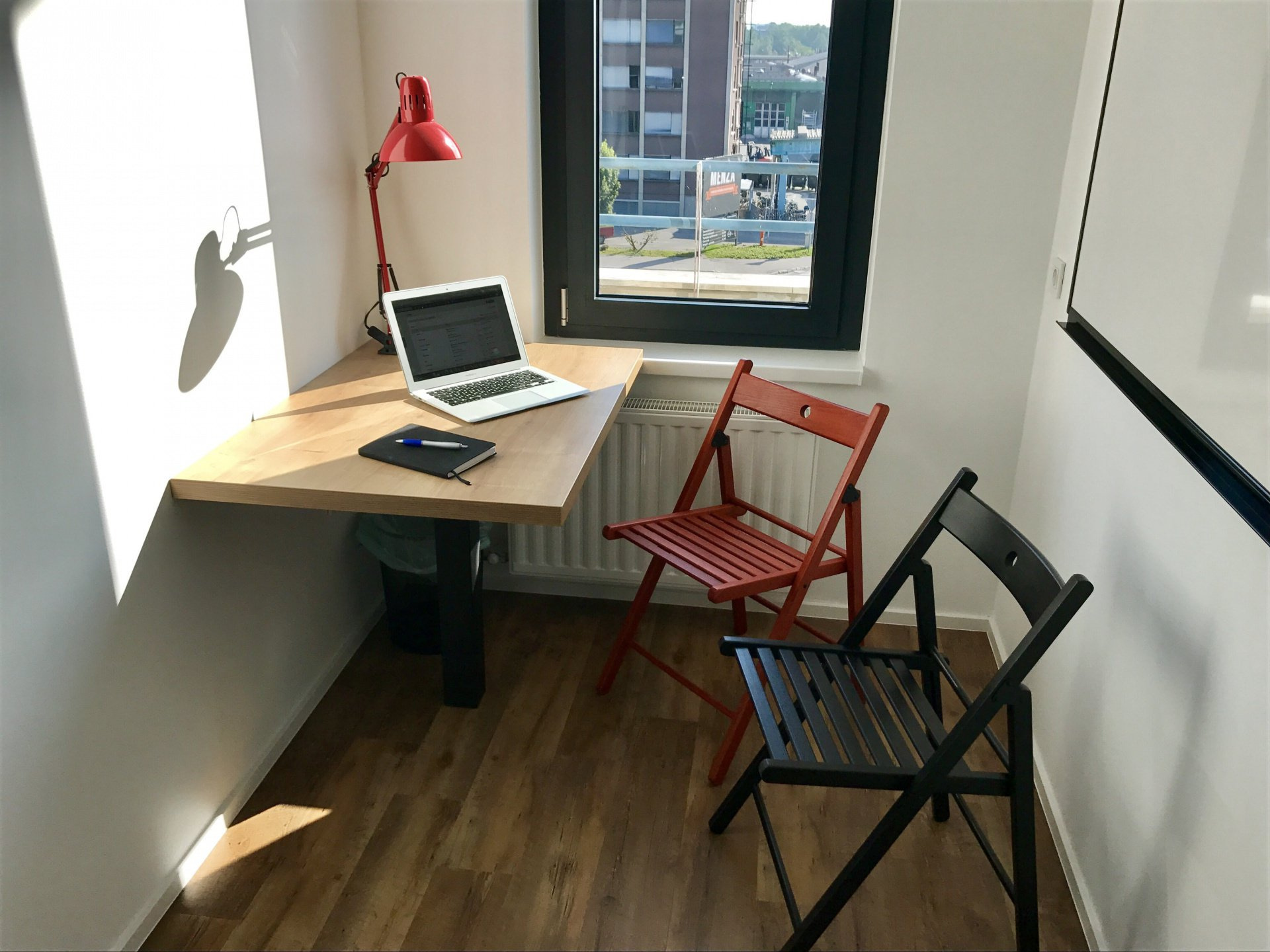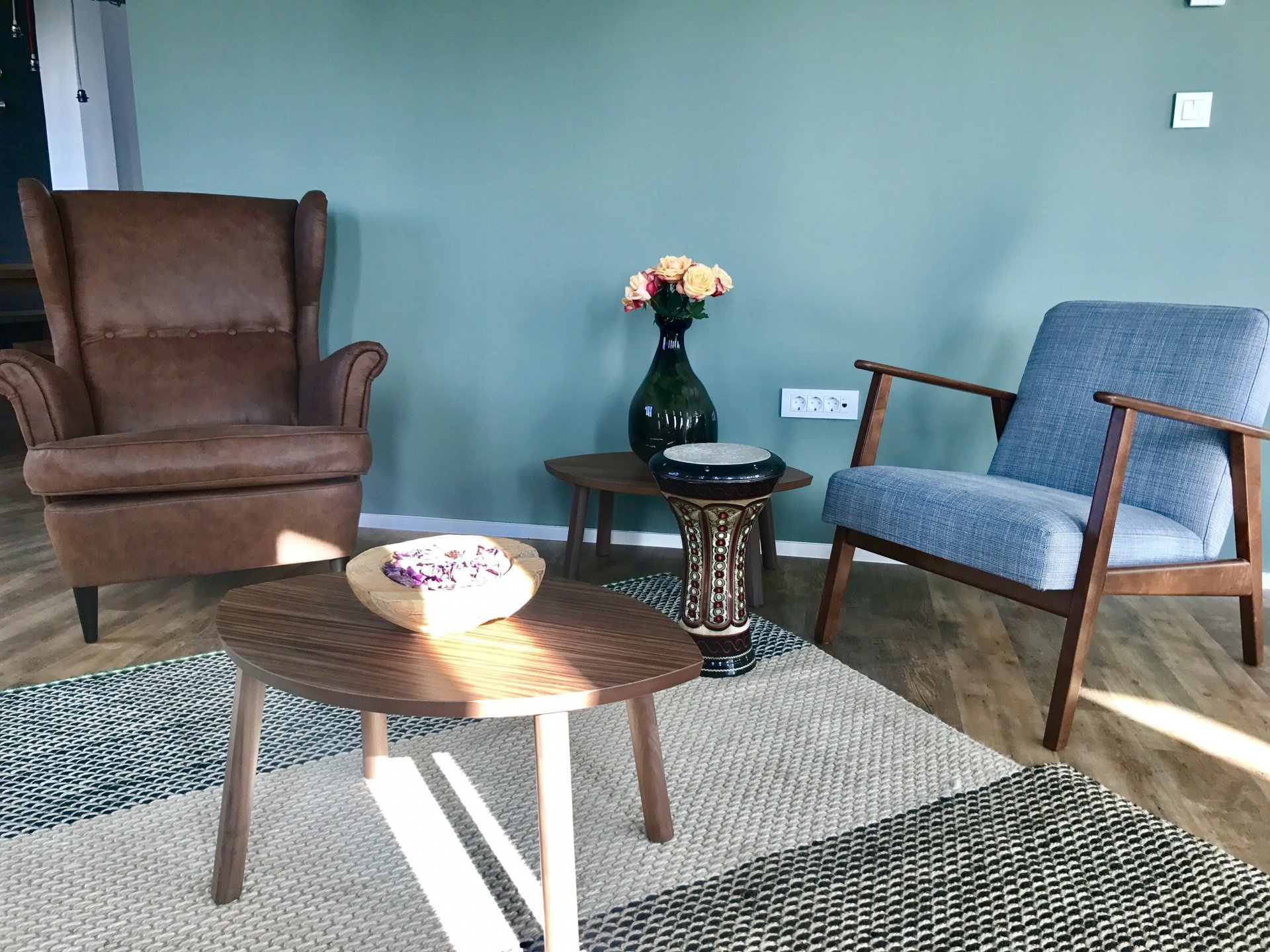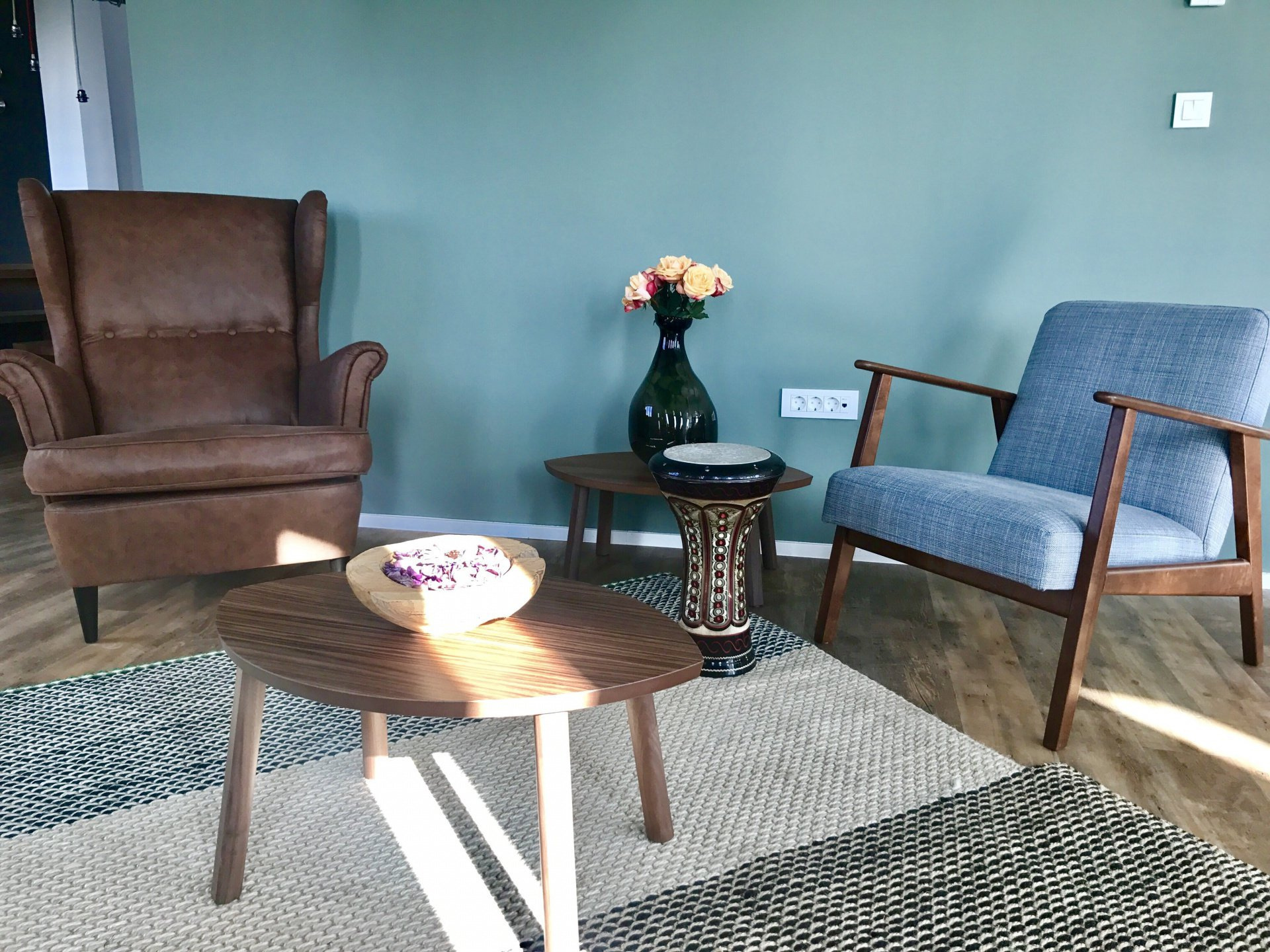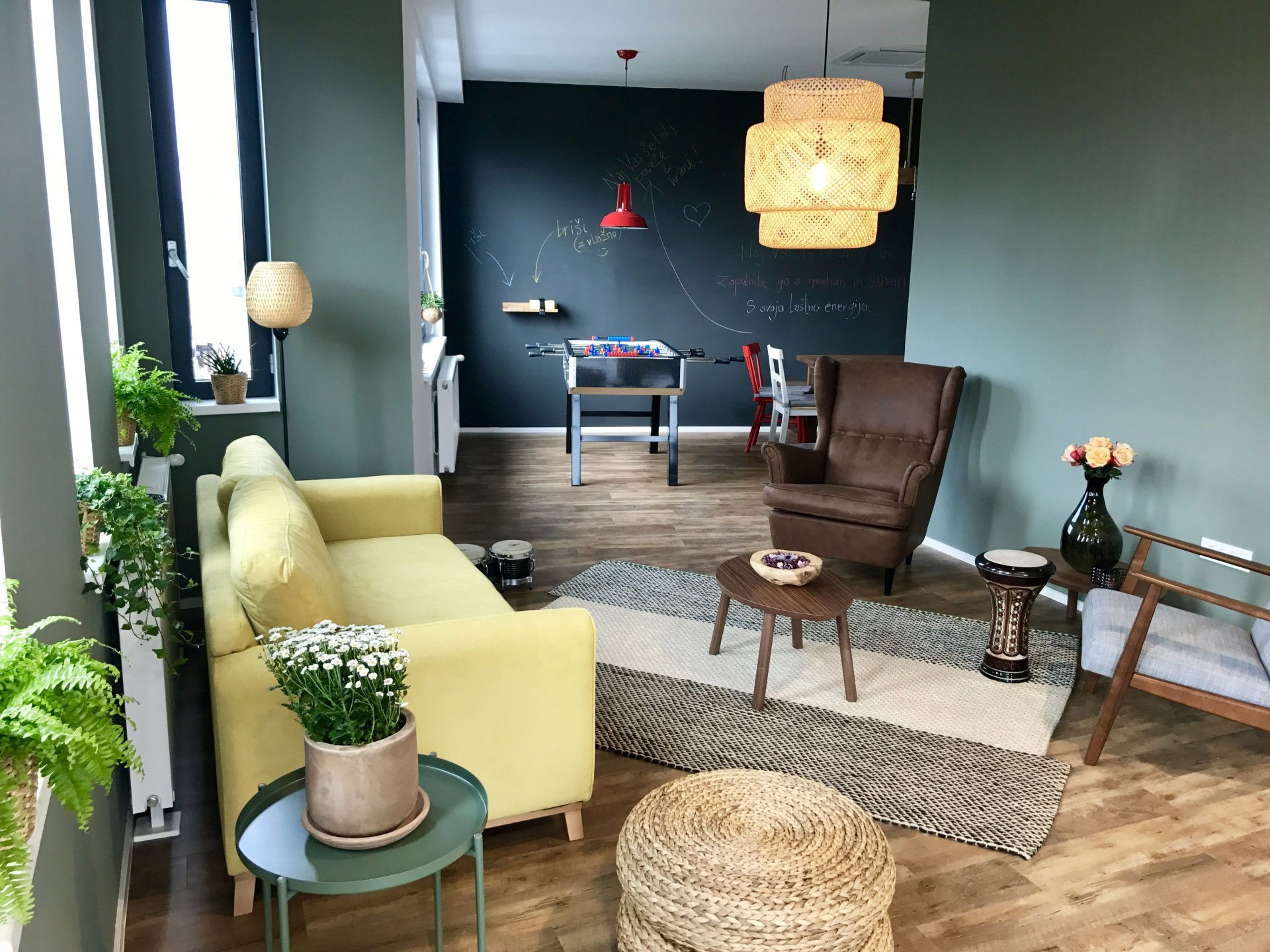Soft Matter Laboratory of the Condensed Matter Department of Jozef Stefan Institute was established in 1995 by Igor Muševič as a laboratory for optical studies of ferroelectric liquid crystals. In the same year, an Atomic Force Microscope was installed and operated in the lab, as the first instrument of its kind in the area. Optical studies of ferroelectric liquid crystals were at that time focused on the order parameter fluctuations near the phase transition from the smectic A phase. We were the first to design a photon autocorrelation spectroscopy set-up that could fit into a magnet and allow for temperature and magnetic field studies of order parameter dynamics. A series of experiments were done in very high magnetic fields up to 15 T in collaboration with High Magnetic Field Laboratory at Radbout University in Nijmegen, the Netherlands. We observed bandgap splitting of the phason excitation spectrum due to the magnetic field induced deformation of helically ordered ferroelectric liquid crystal. At that time the laboratory had I.M. and Miha Skarabot as permanent staff only.
The interest of the laboratory has shifted towards studies of interfacial forces in liquid crystals in the year 1998, where several sophisticated experimental techniques, based on the existing Atomic Force Microscope were developed. The aim was to apply the existing force spectroscopy techniques, provided by commercial AFMs to measure forces between surfaces in liquids at a variable temperature. The motivation for this work was to observe the Casimir force in liquid crystals, which was theoretically predicted at that time. To this purpose one of the first heating stages for AFM was made in the lab and the method of attaching microspheres to AFM cantilevers was developed. Based on this technique, many studies of structural forces between surfaces in liquid crystals were successfully performed, including the first observation of capillary condensation in a nanometer-thin layer of the nematic liquid crystal in 2001. A variety of structural forces in liquid crystals were observed in experiments, where the force between a microsphere, attached to the AFM cantilever and a flat surface was measured in the presence of a liquid crystal up to temperatures of ~60 degrees Celsius. We observed for the first time the pre-nematic, pre-smectic and smectic forces in nanometer-thin layers of liquid crystals. A typical separation between the two surfaces is in all cases between zero and ~50 nanometers.
The AFM force spectroscopy is able to resolve pico-Newton forces at a resolution in surface separation of the order of a single molecule in liquid crystals, and soon the question was asked as of the forces between surfaces at large separations, e.g. up to several micrometers and beyond. This happened around 2004, when the research on ferrroelectric liquid crystals has been greatly reduced and new ideas came around. The idea was to study forces between particles immersed in liquid crystals and this idea required a technique to grab, move and manipulate small particles in liquid crystals. Luckily, our colleagues Igor Poberaj and Dusan Babic from the Faculty of mathematics and physics, located across the street, were developing a laser tweezers system based on Nd:YAG laser.We made the first laser tweezing experiments on silica particles in 5CB nematic liquid crystals in 2003 and to our great surprise we were able to grab practically any kind of particle in 5CB, regardless of its refractive index. This anomalous trapping of particles in liquid crystals was published in Physical Review Letters article in 2004, and was the cornerstone for all future studies related to liquid crystal colloids, liquid crystal topology and liquid crystal photonics for the next 15 years. The discovery of laser trapping properties of particles in nematics, led in 2006 to a discovery of 2D crystals of colloidal particles in nematics, published in Science.
The years that followed witnessed rapid expansion and great interest of the community in the emerging field of liquid crystal colloids. A number of studies were performed in the Soft Matter Laboratory in 2D colloidal crystalisation with spherical particles of dipolar and quadrupolar symmetry and various sizes, including studies of pair interaction of particles of only 22 nanometer size.
It was gradually realized that the topology of the colloids plays a role, which is not only interesting for colloidal assembly, but is interesting itself, for what it is. One of the important events that triggered studies of topology of liquid crystals was the observation of colloidal entanglement in 2007. Interestingly, this discovery was initiated by numerical experiments performed by Miha Ravnik of the Theory group of Slobodan Žumer, which are our partners in this field since 2004. The entanglement indicated that closed defect loops could form interesting structures. By chance, it turned out that the complexity of closed defect loops in liquid crystal colloids is greatly enhanced when the liquid crystal is chiral. This led to the work on knots and links in chiral nematic colloids that was published in a Science article in 2011.
In 2009 a new research direction was initiated by IM towards studies of the optical properties of tens-of-micrometer diameter liquid crystal droplets in another, immiscible fluid, like water. |
Where can I get some?There are many variations of passages of Lorem Ipsum available, but the majority have suffered alteration in some form, by injected humour, or randomised words which don't look even All the Lorem Ipsum generators on the Internet tend to repeat. There are many variations of passages of Lorem Ipsum available, but the majority have suffered alteration in some form, by injected humour, or randomised words which don't look evenThere are many variations of passages of Lorem Ipsum available, but the majority have suffered alteration in some form, by injected humour, or randomised words which don't look even .All the Lorem Ipsum generators on the Internet tend to repeat |  |
| Home / |
Flexbox 2 without effects
Flexbox 2 with shadow only
Flexbox 2 elements with hover effect
Flexbox 3 elements with shadow only
Flexbox 3 elements without effect
Flexbox 4 elements without effect
Flexbox 4 elements with hover
Flexbox 4 elements with shadow only
On Hover Slider Animation
Dual Box
 |  |


